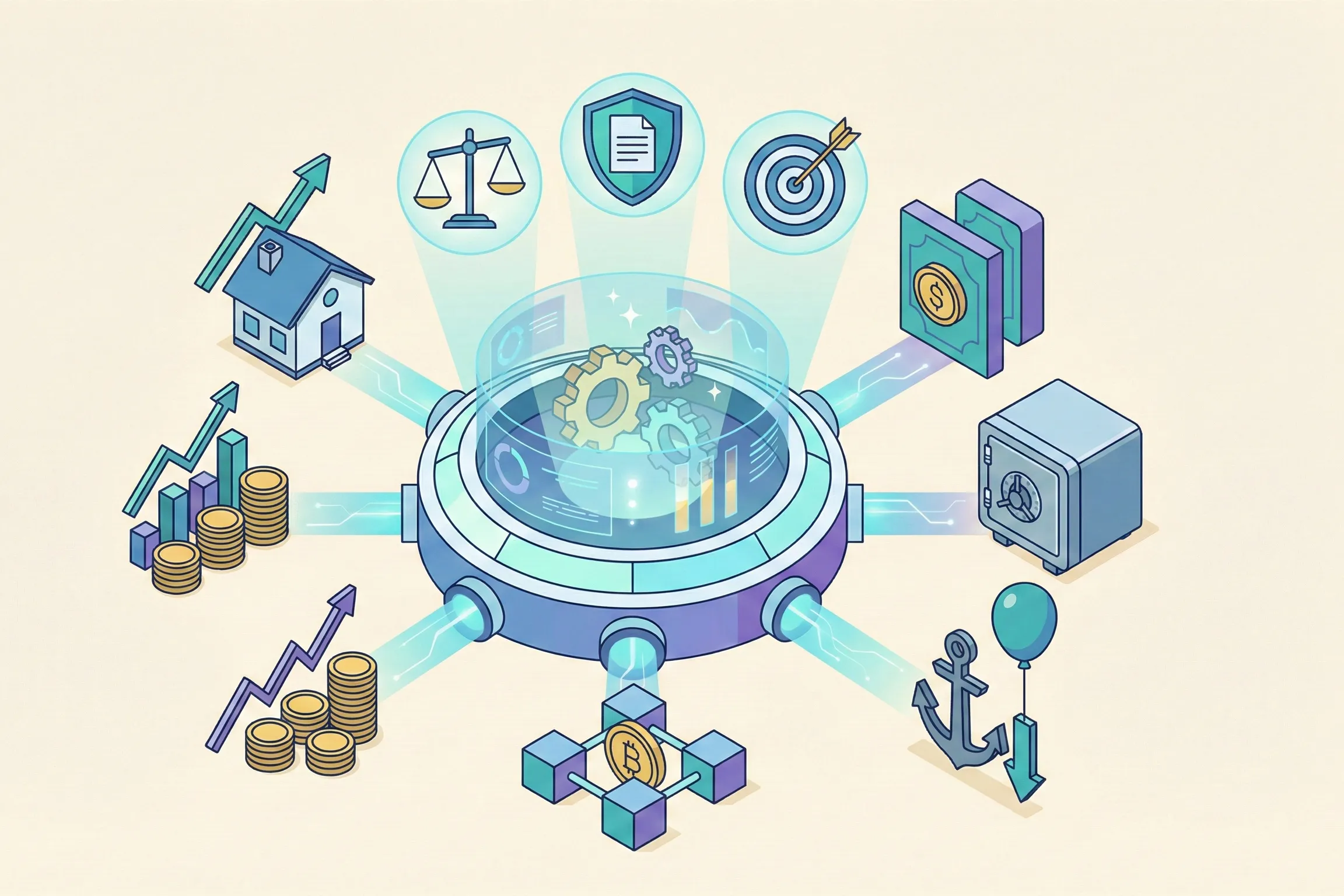APY vs Interest Rate: Know the Key Difference

Whether you’re new to personal finance or have been managing your money for a while, understanding the difference between APY (Annual Percentage Yield) and interest rates can help you make smarter decisions. Knowing how they work can impact your savings, investments, and loans, putting you in a better position to manage your finances. Let’s break it down in simple terms.
What’s an Interest Rate?
An interest rate is pretty straightforward—it’s the percentage that a bank or lender charges on a loan, or what they pay you for keeping your money in a savings account. It’s typically shown on an annual basis.
- For example, if you deposit $10,000 into a savings account with an annual interest rate of 5%, you’ll earn $500 after one year (assuming no compounding).
What’s APY (Annual Percentage Yield)?
APY goes a step beyond just the interest rate. It considers how often the interest compounds (whether monthly, quarterly, or daily). This gives you a more accurate idea of how much you’ll actually earn (or owe) over time because it includes the impact of compounding.
- Let’s break it down: if you invest $10,000 at 5% interest, and the interest compounds monthly, you’ll earn slightly more: $511.62 over the year. Why? Because each month, the interest you earn adds to your balance, and then the next month's interest is calculated on that slightly larger balance. That’s the power of compounding.
Where APY Really Matters
APY is particularly important for savings accounts, CDs (Certificates of Deposit), and other long-term investment products. The longer your money sits in these accounts, the greater the impact of compounding, which means your returns can grow significantly over time. If you’re aiming for long-term growth, focusing on APY will give you a clearer idea of how much your savings will truly increase.
Comparing APY vs Interest Rates: Why It Matters
Let’s break down two scenarios to show why the difference between a fixed interest rate and APY matters, especially when compounding is involved:
Scenario 1 - Fixed Interest Rate:
If you deposit $10,000 in an account with a 3% fixed annual interest rate (with no compounding), you’ll earn exactly $300 by the end of the year. The math is simple: $10,000 × 3% = $300. This is straightforward interest, with no extra earnings from reinvestment throughout the year. After 10 years, you would have earned $3,000 in total interest, giving you a balance of $13,000.
Scenario 2 - APY with Monthly Compounding:
Now, let’s say you deposit the same $10,000 in an account that offers a 3% interest rate, with monthly compounding. This means every month, the interest you earn gets added to your balance, and the next month, you earn interest on both your original $10,000 and the interest accumulated so far.
At the end of one year, you’ll have earned around $307.79 in interest, slightly more than the $300 from the fixed rate. Over 10 years, the effect of compounding builds on itself, and you’ll have earned approximately $3,439.16 in total interest, bringing your balance to $13,439.16. That’s an extra $439.16, just from the power of compounding, for a calculated APY of 3.08%.
Why It Matters:
While the $439.16 difference may seem modest, it illustrates how compounding works like a snowball, growing larger over time. As you invest for longer periods or with larger amounts, compounding can make a significant difference in your total returns.
This is why APY provides a more complete and accurate picture of your potential earnings compared to a simple fixed interest rate that doesn’t compound. Additionally, APY allows for easier comparison across different financial products, such as savings accounts, CDs, or credit products like credit cards.
When to Focus on APY vs. Interest Rates?
- Savings Accounts: Pay attention to APY. It gives the most accurate reflection of how much your money will grow over time. The more frequent the compounding (monthly or daily), the higher your real returns.
- Loans and Mortgages: Interest rates are key, but check whether the interest compounds, as it can significantly increase what you’ll owe. Always review the terms and understand whether the interest compounds annually or more frequently.
- Credit Cards: Credit card interest rates often compound daily, which means costs can snowball quickly. Always consider both the interest rate and how frequently it compounds to avoid surprises.
How optimized is your portfolio?
PortfolioPilot is used by over 40,000 individuals in the US & Canada to analyze their portfolios of over $30 billion1. Discover your portfolio score now:






